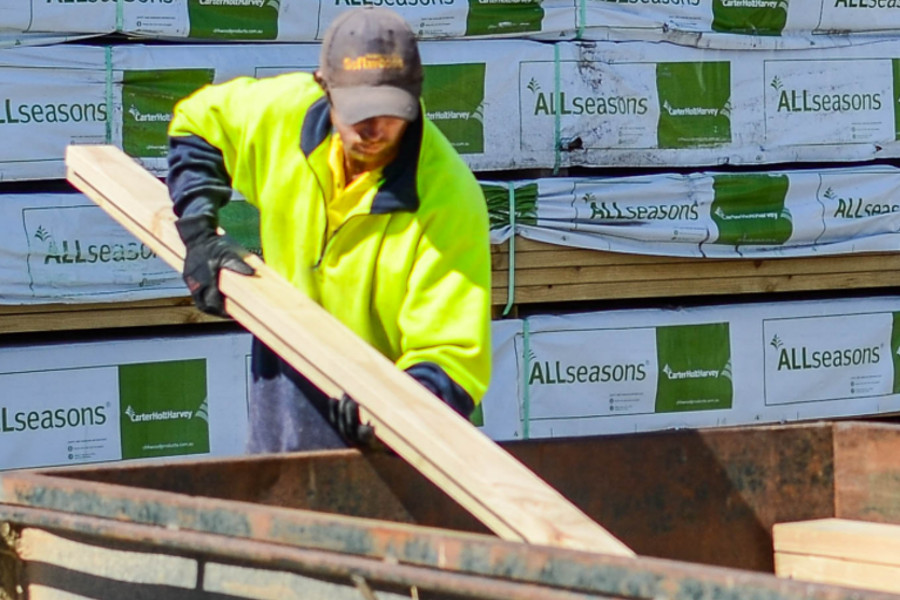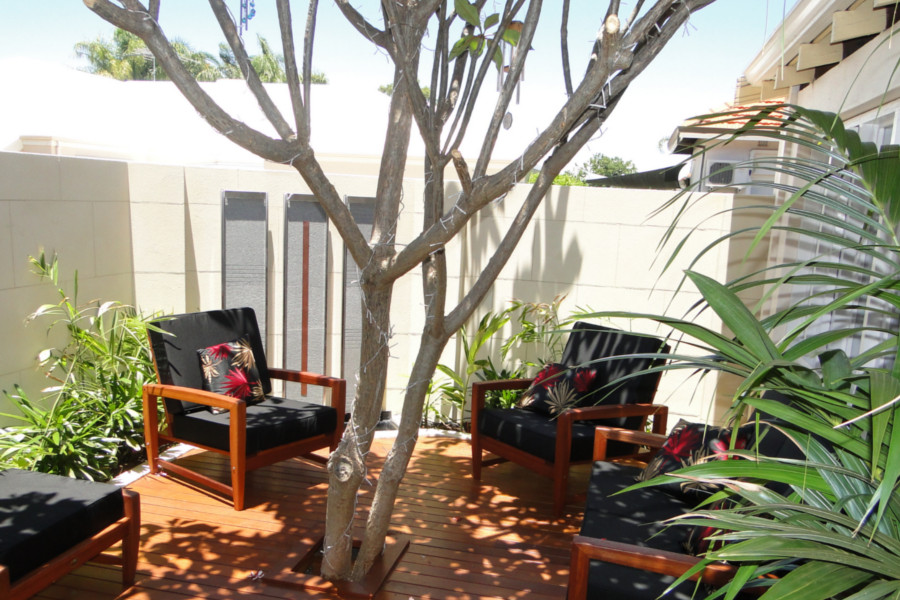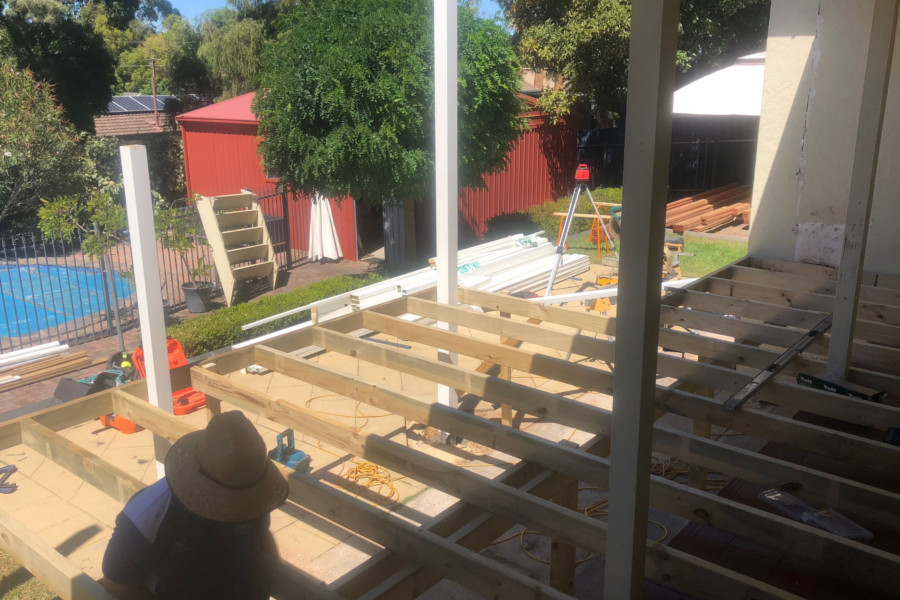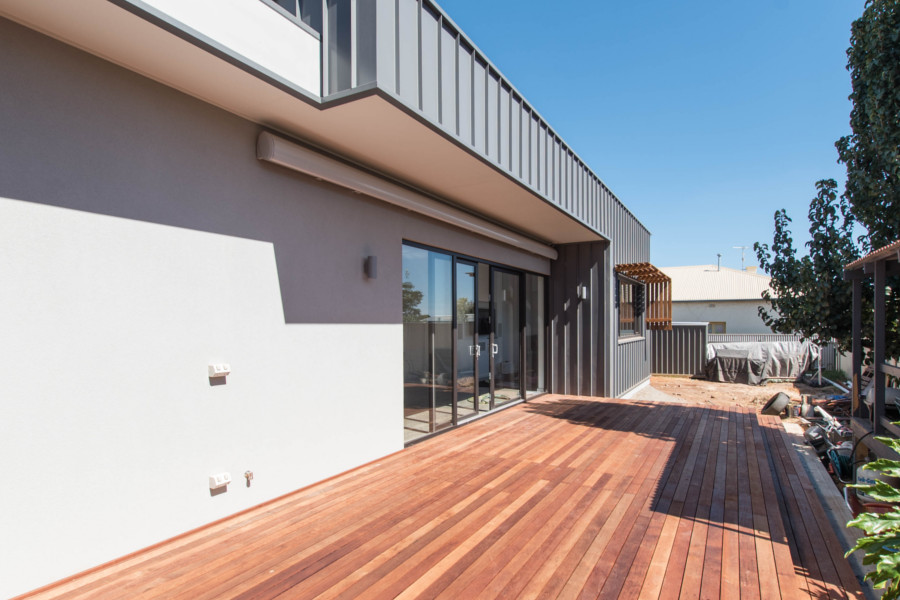
Safety always comes first so we have prepared these safety tips to keep in mind when working with treated timber.
Softwoods such as radiata and other pine timber are prone to rot and the wear and tear of regular use. These easily attract fungi that thrive in moisture that collects within the fibers of the timber. These timbers are also a favourite snack of termites, wood borers and other bugs that cause direct damage.
Chemical treatments offset these disadvantages and make the timber impervious to fungi, insects and other organisms that may destroy the wood. New production methods mean that the timber is not merely soaked in the treatment solution. Pressure is applied to draw in the chemicals into every pore, crack and fiber of the timber.
However, these chemicals can also be toxic to humans and so the timber must be handled with care. Follow these safety tips when working with pressure-treated timber.
- Wear gloves when working with treated timber. You don’t want anything potentially toxic on your hands and skin. And make sure you wash your hands after handling treated timber, especially if you plan to eat next or if you will be holding your kids.
- When cutting, drilling and sanding sawdust will be flying everywhere. Wear goggles to prevent any of it from getting into your eyes. And wear a dust mask to avoid ingesting it.
- Saw treated timber outdoor, not in an enclosed room.
- If you intend to stain or paint treated timber, you need to make sure that it is thoroughly dry. If there is a significant of volume of moisture still within the wood, the treatment solution may not soak properly into all the cracks and openings within the fiber. Here’s a quick and easy test you can do: sprinkle water on the surface of the timber and observe. If the water forms little beads on the surface, then the timber is not dry enough. If the water seeps into the wood, then it’s ready for staining or painting.
- Treated timber may crack and split when you drive a nail or screw through it, especially near the ends of the board. To minimise this happening, drill a pilot hole before driving the nail or screw in.
- Don’t ever burn treated timber. Don’t!
Keep these safety tips in mind when working with treated timber to ensure that the deck you build is structurally safe and sound.



